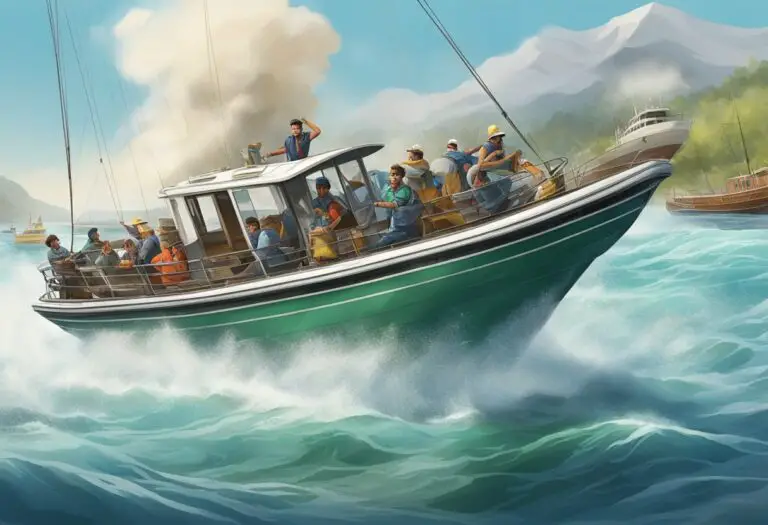Boating is a blend of pleasure and responsibility—there’s nothing quite like being on the water, but it comes with its own set of challenges. I’ve learned that even seasoned skippers can face mishaps, which are part of the adventure. From engine issues to navigational blunders, the most common boating fails usually stem from simple oversights that can spiral into inconvenient, if not dangerous, situations.
I remember when I started boating, the first bit of advice I got was to never underestimate the importance of a pre-departure checklist. Despite that, I’ve seen my fair share of easily avoidable mistakes. Failing to check the weather has led to sudden scrambles in rough conditions, and skimping on routine maintenance has often spelled trouble for many a boat owner. It’s clear that even with modern technology, the basics of boating still hold the key to a successful voyage.
Common Mechanical Failures
When I’m out on the water, a few mechanical failures are more common than others. Knowing about these can save me a lot of hassle.
Engine Troubles
Engine issues often come up, whether it’s because of running out of gas, sputtering, or overheating. I always make sure to:
- Check my fuel levels before setting sail.
- Listen for any irregular engine noises.
- Keep an eye on the temperature gauge to avoid overheating.
A well-maintained engine is less likely to fail suddenly.
Steering System Failures
If my boat isn’t steering properly, it could mean trouble. This usually happens due to:
- Loose connections in the cable system.
- Mechanical failures within the steering gear.
I check for visible signs of wear or damage in the steering components regularly.
Battery Issues
A dead battery or loose terminal can leave me stranded. To prevent this:
- I check battery connections are tight.
- I ensure the battery is charged before departure.
Keeping the electrical system in good working order is crucial for a hassle-free trip.
Safety Equipment Malfunctions

I’ll be honest; safety gear on boats is often taken for granted, until it isn’t. Let’s make sure we’ve got a solid understanding of what can go wrong with some of the most critical safety equipment on board.
Life Jacket Deficiencies
My number one rule? Always check life jackets before setting sail. The key issues tend to be wear and tear or improper fit. It’s not just about having enough life jackets on board; it’s about making sure each one is up to par and can keep you floating without any problems. Look for rips or failed seams, and always ensure they’re the right size for everyone on the trip.
Fire Extinguisher Problems
Next up, fire extinguishers. You might be surprised how many boats I’ve seen with expired or non-functional fire extinguishers. Monthly checks should be on your to-do list:
- Check the gauge: It needs to be in the green zone.
- Inspect for damage: Look for corrosion or leaks.
- Verify the seal: If it’s broken or missing, replace it.
Signal Flare Irregularities
Okay, signal flares can be literally life-saving, but only if they work. I’ve learned to always make sure they’re not expired and keep them in a dry, accessible place. And here’s a tip: don’t just store them; inspect them regularly for:
- Integrity: Are they dry and unbroken?
- Expiration date: Outdated flares won’t do you any good.

